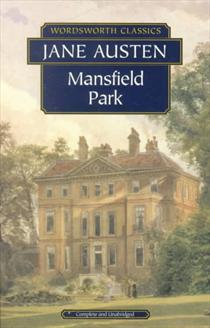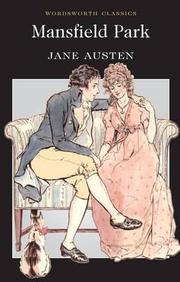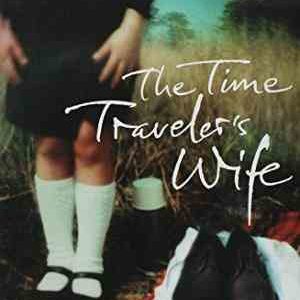Tess of the D’Urbervilles (English, Paperback, Thomas Hardy)
Rs.599.00 Rs.179.00
Author: Thomas Hardy, ISBN: 9780140431353, Condition: Old
Out of stock
Hardy tells the story of Tess Durbeyfield, a beautiful young woman living with her impoverished family in Wessex, the southwestern English county immortalized by Hardy. After the family learns of their connection to the wealthy d’Urbervilles, they send Tess to claim a portion of their fortune. She meets and is seduced by the dissolute Alec d’Urberville and secretly bears a child, Sorrow, who dies in infancy. A very different man, Angel Clare, seems to offer Tess love and salvation, but he rejects her—on their wedding night—after learning of her past. Emotionally bereft, financially impoverished, and victimized by the self-righteous rigidity of English social morality, Tess escapes from her vise of passion through a horrible, desperate act.
~~~~~~~~~~~~~~~~~~~
The novel is set in impoverished rural England, Thomas Hardy’s fictional Wessex, during the Long Depression of the 1870s. Tess is the oldest child of John and Joan Durbeyfield, uneducated peasants; however, John is given the impression by Parson Tringham that he may have noble blood, since “Durbeyfield” is a corruption of “D’Urberville”, the surname of a noble Norman family, then extinct. The news immediately goes to John’s head…
Tess has been seen as a personification of nature and her association with animals throughout the novel emphasizes this idea. Tess’s misfortunes begin when she falls asleep while driving Prince to market, and causes the horse’s death; at Trantridge, she becomes a poultry-keeper; she and Angel fall in love amid cows in the fertile Froom valley; and on the road to Flintcombe-Ashe, she kills some wounded pheasants to end their suffering.
However, Tess emerges as a powerful character not because of this symbolism but because “Hardy’s feelings for her were strong, perhaps stronger than for any of his other invented personages”.
H11
Reviews
There are no reviews yet.
Only logged in customers who have purchased this product may leave a review.
Related products
299 and Above
299 and Above
Classics Book Store
299 and Above
Almost New Books
299 and Above
Almost New Books
Almost New Books




















